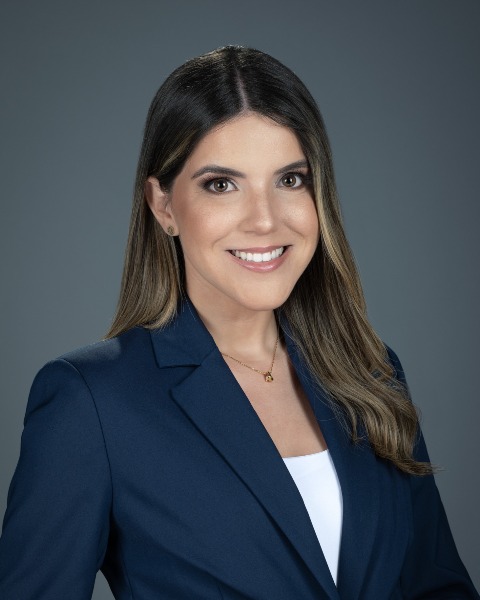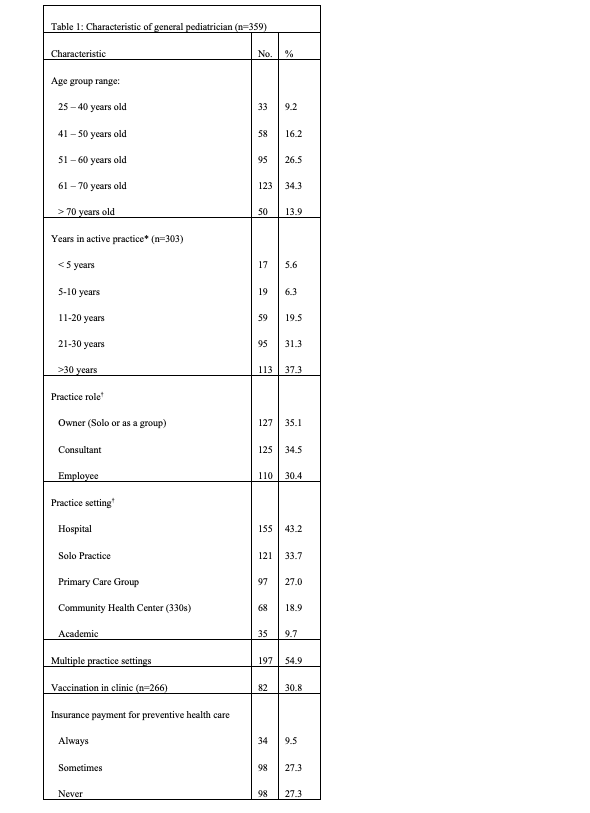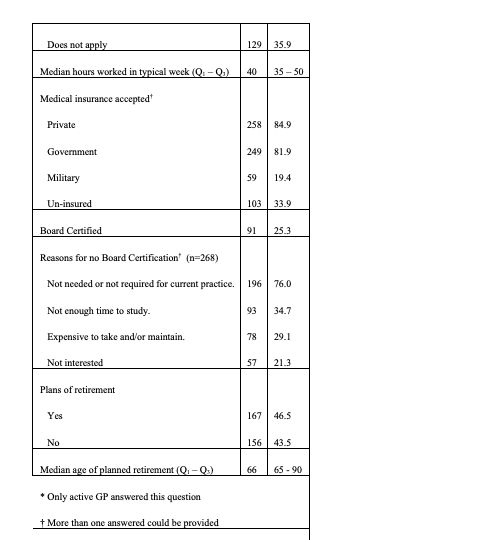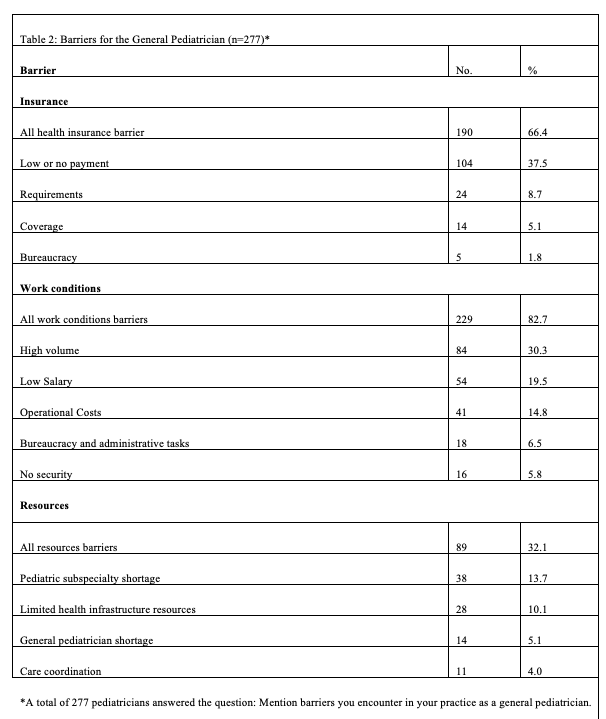Health Services Research
Session: Health Services Research 1: Workforce
294 - General Pediatricians in Puerto Rico: Current Practice and Barriers
Saturday, May 4, 2024
3:30 PM - 6:00 PM ET
Poster Number: 294
Publication Number: 294.1183
Publication Number: 294.1183

Alexandra M. Vélez Martínez, MPH (she/her/hers)
MS4
University of Puerto Rico School of Medicine
San juan, Puerto Rico, United States
Presenting Author(s)
Background: Puerto Rico (PR) has a demographic crisis with a declining population, due to a combination of decreased natality and increased exodus after hurricanes, earthquakes, and an unprecedented economic and fiscal crisis. This population shift has negatively impacted a number of areas in its society, including the decrease in the medical and health care workforce. General Pediatricians (GP) provide specialized care for the majority of the pediatric population. However, there is currently a gap in the data pertaining to the GP workforce, which is necessary to obtain due to its impact on pediatric health care services and access, and to evaluate and propose initiatives.
Objective: Define the working profile of GP currently serving in PR, their retirement plans and possible barriers confronted by them to maintain their practices active.
Design/Methods: A survey, General Pediatricians Workforce in Puerto Rico 2023 was developed and distributed digitally through multiple local medical organizations with the aim of defining characteristics of the GP’s workforce in the island, including their experiences and their needs. Results were aggregated and analyzed.
Results: A total of 359 surveys were completed by GP, of which 85% are currently active. 48% are retired or near retirement in the next 5 years. Most active pediatricians (69%) have been practicing for at least 20 years, with 60% currently working in 2 or more settings. The median work week was 40 hours (Q1-Q3: 32-50) and 29% practice in 2 or more towns. Half of active GP have structured plans of retirement and 39% report a desired retirement age after 65. Only 25% of participants were Board Certified. When questioned about reasons for not being Board Certified, 76% indicated it’s not a requirement nor needed for their current practice. Of reported barriers, themes related to work conditions were the most common (83%) followed by health insurance (69%) and lack of resources (32%). Insufficient or lack of payment from insurance was a barrier for in-office administration of vaccines and 84% received no payment or were paid only sometimes by health insurances for preventive healthcare.
Conclusion(s): The results of this study increase the awareness of an impending crisis in the GP workforce due to the high percentage near retirement and confirms the challenges and barriers confronted by GP to maintain their active practices and provide preventive care on the island. Advocacy efforts must consider these results to propose strategies to overcome these barriers and ensure a stable and sufficient healthcare workforce that meets the needs of the pediatric population.



